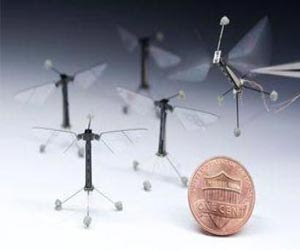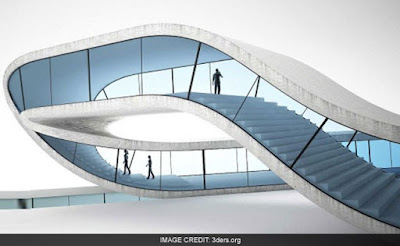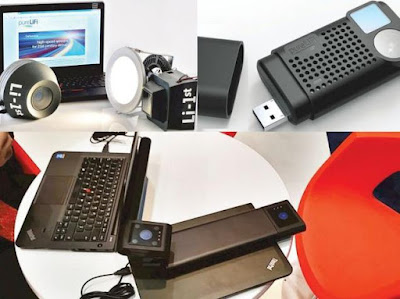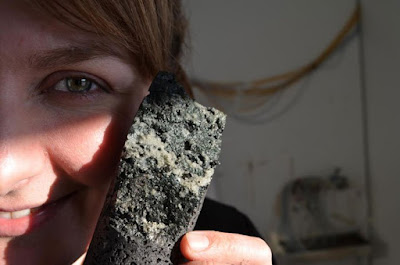Drones are passe, welcome self flying RoboBees.

Washington D.C: Our skies are about to get a lot more high-tech as a team of researchers is developing robotic bees that can fly themselves. The Harvard University's National Science Foundation (NSF)-supported RoboBees project aims to create autonomous robotic insects capable of sustained, independent flight. Such robots could one day assist in reconnaissance, aid in remote communication or even act as artificial pollinators. Led by principal investigator Robert Wood, the researchers have designed increasingly sophisticated and tiny robots with a range of features that will one day soon enable autonomous flying. To do so the team required to advance basic research in a number of areas where they saw obstacles to realizing their vision: from micro-manufacturing methods and materials for actuation, to small-scale energy storage and algorithms to effectively control individuals and coordinated swarms of robots. The group's research led to breakthroughs i


